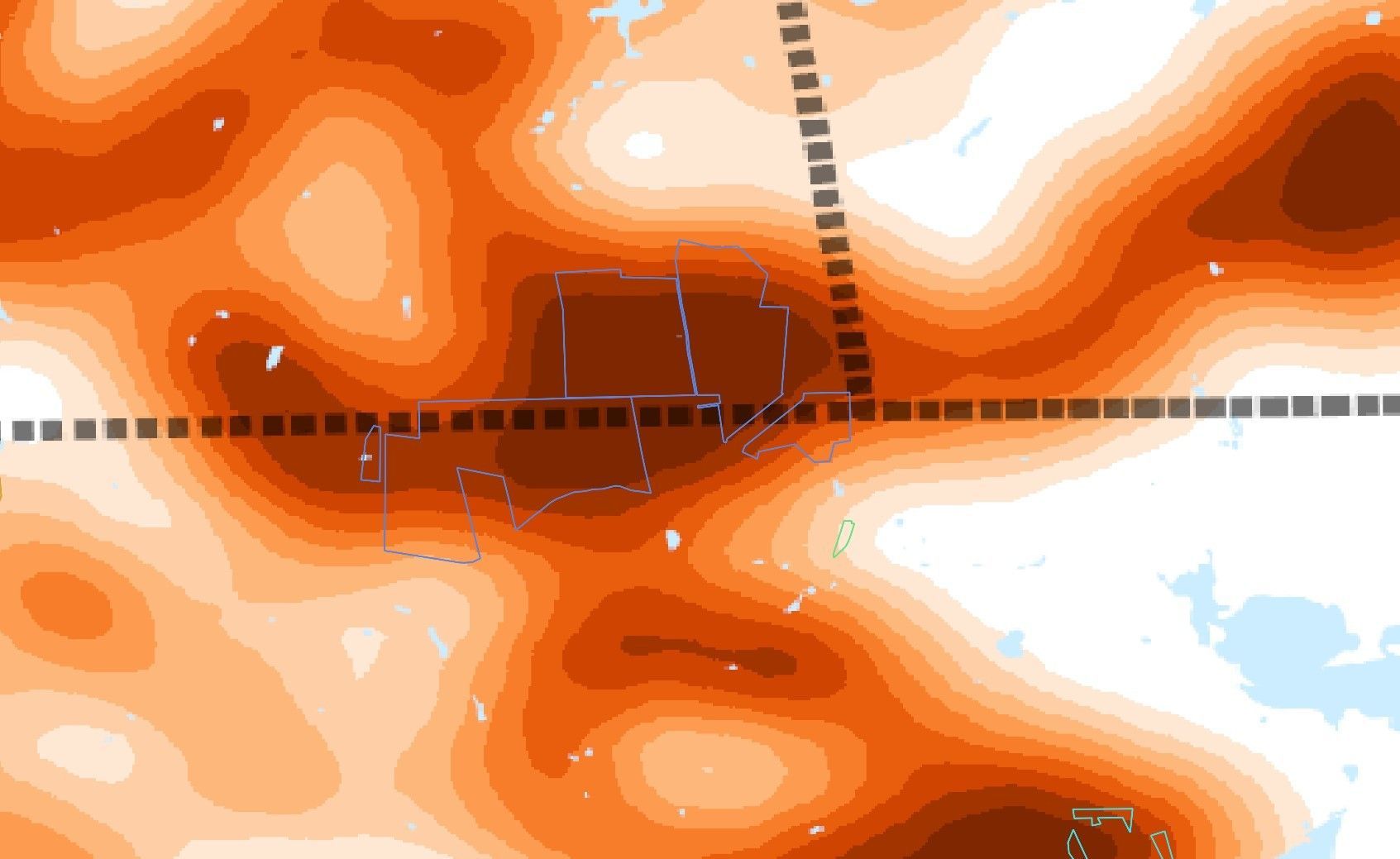What's a Wood Thrush without woods?
By Dr. Charles Clarkson
It's easy to watch birds. They seem to be everywhere, seamlessly bridging the gap between sky and earth. All one needs to do is step out of a building and look and listen. Chances are you will hear or see a bird in short order. However, if you desire to see a certain species of bird, your job will require a bit more work. This is because most species of bird are specialists. Evolution has diversified all life on earth, including birds, to "fit" into a role. One of the principal reasons this has occurred is to alleviate the pressures of competition. For roughly 150 million years, individuals have competed with one another for access to resources such as food items or nesting substrate.

It is rather easy to find and observe birds in general. But, finding specific species require an understanding of their preferred habitats. Not all birds are as generalist as this Blue Jay (Cyanocitta cristata).
Naturalists and birders alike soon learn that the more we understand the relationships between habitats and birds, the more productive we can be in our craft. Traversing multiple habitats increases the size of our species list and it makes us better stewards of the land as we come to recognize the interconnectedness of all things and the loss that occurs when we erode away even a small feature from our landscape.
A big part of the new bird research program at Audubon Society of Rhode Island involves understanding what habitats we conserve so we can manage that habitat to promote growth in bird populations. Consider the Blackburnian Warbler. The entire global breeding range of this species stretches from the Appalachian Mountains north through New England and west across the Great Lakes Region and southern Canada. When the species occurs in Rhode Island, it can be found in coniferous habitats consisting of mature White Pine and Eastern Hemlock. A single Blackburnian Warbler was detected on Audubon land during the recently completed Bird Atlas, and while this may seem insignificant, it represents 11% of the total detections for the species in the state. For a species that has declined between the two atlas periods this begs the question: can we do anything to promote the growth of our Blackburnian Warbler population? Understanding where the species occurs and the habitats it relies on is a critical first step to answering this question.
As the process of delineating the bird-habitat associations within our state has progressed, we have detected many notable instances of Audubon properties supplying critical habitat for birds. One of the most obvious is the George B. Parker Woodland. This refuge contains 589 acres of oak forest, which is the dominant habitat in our state. While this may seem like a significant amount of habitat, it equates to only 0.08% of the statewide acreage. But, this patch of contiguous habitat supports one of the densest breeding populations of Wood Thrush (Hylocichla mustelina) in our state. Densities as high as 25 individuals per square kilometer occur within this oak forest. Understanding that our property offers a stronghold for this species is immensely important, particularly considering that Wood Thrush have declined in our region (MA, CT and RI) at a rate of 2.6% per year for the past 50-yrs based on Breeding Bird Survey data.

The Wood Thrush occurs on the George B. Parker Woodland (blue outline) in densities as high as 25 individuals per square kilometer (darker colors indicate higher densities). This information is critical for efficient habitat management on our properties. Wood Thrush are in decline across their range and habitat loss and fragmentation have both been identified as driving factors behind the decline.
Our mission going forward will remain the protection of birds and their habitats, but now we will be armed with information that will make us far more effective in this quest. You can be a part of this campaign to save our birds. Sign up for our Bird Research email newsletter to stay updated on our findings and upcoming community science projects that you can get involved with.

















